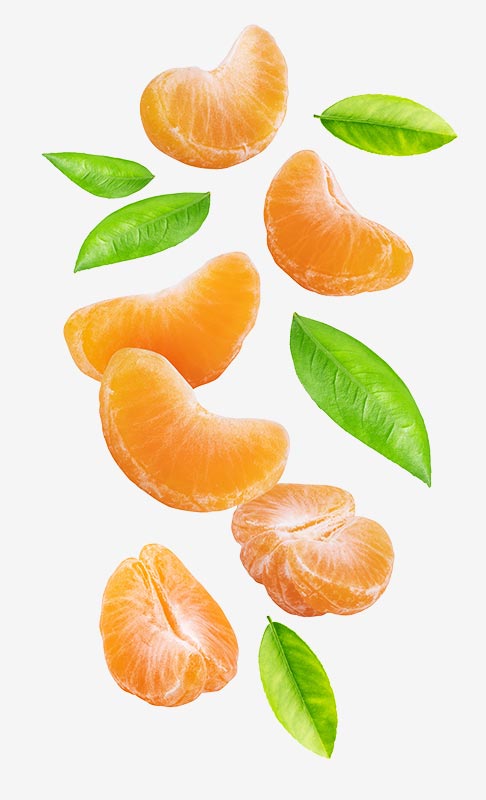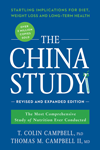

The term whole in WFPB describes foods that are minimally processed. This includes whole grains, fruits, vegetables, legumes (beans, peas, and lentils), nuts, and seeds.
Many eventually give up the diet label in favor of lifestyle. Perhaps that’s because the popular notion of dieting has become so confusing. A WFPB lifestyle should be simpler. It’s not a short-term punishment charged by guilt. It’s not a set of complicated meal plans. It’s a return to whole foods, natural flavors, and optimal health.
Keep it simple—eat whole, unprocessed foods derived from plants.
The benefits of a healthy lifestyle are enormous. When you adopt a WFPB lifestyle, you can increase the odds that you will:
The price? Simply changing your diet. You can achieve profound health benefits by including more whole plant-based foods on your plate.

Enjoy a wide range of whole, unrefined plants. You can eat when you’re hungry and eat until you’re full. Strive for diversity in your meals, and include fiber-rich foods that capture all the colors of the nutrition rainbow. The following list contains many suggestions, but it is not exhaustive. Some items on this list may be inaccessible where you live due to climate or cultural relevance. We encourage you to use these suggestions as a starting point, but explore other foods in the following food groups! Also, choose organic when possible. For produce, please visit the Environmental Working Group’s website to locate their list of the dirty dozen and clean fifteen foods.
Whole Grains & Ancient Grains
amaranth, barley, brown rice, bulgur, farro, millet, quinoa, sorghum, steel cut and rolled oats, teff, wheat berries, whole wheat, wild rice
Legumes (dried or canned with minimal salt)
adzuki beans, black beans, black-eyed peas, chickpeas, fava beans, green beans, kidney beans, lentils, lima beans, mung beans, peas, pinto beans, soybeans
Greens (fresh or frozen)
arugula, bok choy, chards, cilantro, collards, kale, lettuces, parsley, spinach
beets, carrots, daikon, garlic, ginger, leeks, onions, potatoes (all colors), radishes, turnips
asparagus, Brussels sprouts, cauliflower, celery, mushrooms, peppers, sea vegetables, squash, tomatoes, zucchini
Fruit (fresh or frozen)
apples, apricots, bananas, berries, cherries, grapes, kiwi, mangoes, melons, papayas, pineapple, plums
chia seeds, flaxseed
**Organic Whole Soy Products (Recommend limiting soy to 2–3 servings per day)
decaffeinated coffee, green tea, herbal teas, unsweetened plant-based milk substitutes, water
Should I take vitamin B12? This essential nutrient is not made by animals or plants. B12 is made by microbes, bacteria that blanket the earth. These bacteria are common in the gastrointestinal tract of animals and so animal foods can be sources of B12. Few plants actually contain vitamin B12: two varieties of edible algae, some varieties of mushrooms, plants grown in experimental settings with B12-enriched soils or water, and some foods made with certain fermentation processes have small amounts of active B12. We recommend a B12 supplement. Learn more from Dr. Thomas Campbell’s article, “12 Questions Answered Regarding Vitamin B12.”
Many of the following foods are healthy. For example, nuts, seeds, and avocados have many valuable, health-promoting nutrients. But these foods are also very calorie dense because of their naturally high fat content. It is also easy to eat these foods excessively without realizing it. Enjoy them in moderation.
almonds, cashews, nut butters, pistachios, walnuts
low-fat coconut milk, raw coconut, unsweetened shreds or chips
Seeds (except omega-3 sources)
pumpkin, sesame, sunflower
organic and without added sugars or oils
Natural Added Sweeteners
date syrup, maple syrup, molasses
caffeinated coffee and high-caffeine tea (without added sugar)
If purchasing a pre-packaged food product, carefully read what is on the package, box, or can. Note that product ingredients are listed in descending order, with the greatest amount by weight listed first. Purchase plant-based products with only a few ingredients, which may be a good way to tell if it is less processed. Aim for foods high in fiber and low in sodium and added sugars.
The standard American diet (SAD), or the Western diet, is heavy on meat, dairy, and refined and ultra-processed foods. It is very high in added sugar, sodium, and cholesterol and deficient in health-promoting nutrients, fiber, and phytonutrients. Consequently, we face epidemics of obesity, heart disease, diabetes, and other lifestyle-related diseases; staggering health care costs; and lower quality of life.
fish, lamb, pork, poultry, processed meat, red meat, seafood
butter, buttermilk, cheese, cream, half and half, ice cream, milk, yogurt
chicken, duck, ostrich, quail
Processed Plant Fragments (these are often found in vegan replacement foods)
Added and Hydrogenated Fats
margarine, oils (including olive oil and coconut oil)
Even the finest olive oils are 100% fat, meaning calorically-dense and nutrient-poor. Oil injures the endothelium, the innermost lining of the artery, and that injury is the gateway to vascular disease. Especially for those with known heart disease, adding even a little oil can negatively impact heart health.
barley malt, beet sugar, brown sugar, cane juice crystals, confectioners’ sugar (powdered sugar), corn syrup, fructose, white sugar
white flour (including in pastas, bread, snack foods), white rice
isolated soy protein or soy protein isolate, pea protein isolate
Foods with additives, artificial colors, stabilizers
These are often packaged and drastically modified from their original state (think Twinkies, Oreos, potato chips, and other “junk foods”). If you’re not sure whether you are eating an ultra-processed food, read the label and ask yourself whether you recognize the ingredients. Are they whole foods or only fragments of the original foods? Learn more about processed foods.
energy drinks, fruit juice (even 100% fruit juice), soda, sports drinks

“The epidemic of chronic, degenerative disease that is sweeping the western world can not only be stopped, it can be reversed. The power lies in the hands of the consumer, in the choices we make about what to put on our plates.”
—Dr. T. Colin Campbell
Learn more about the science behind the lifestyle with the groundbreaking research in The China Study.